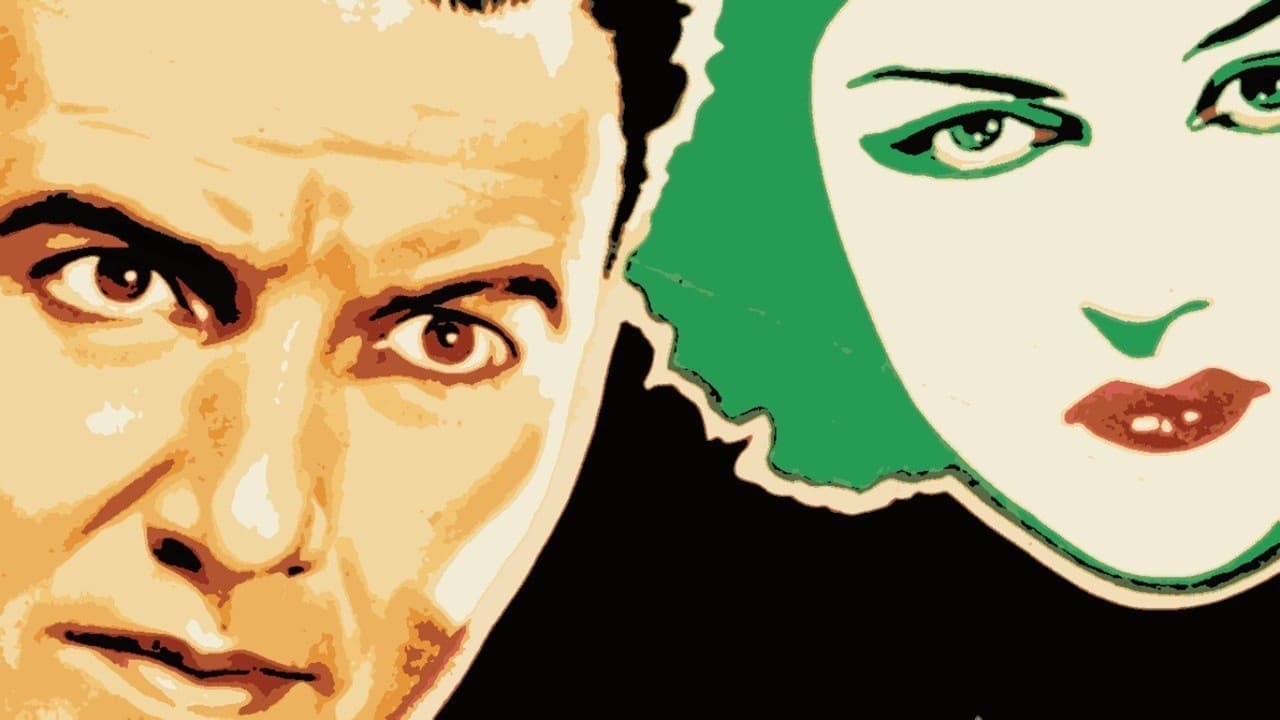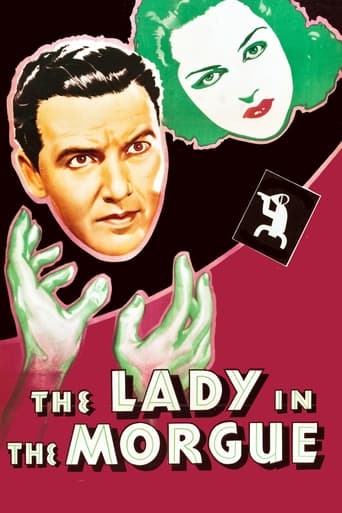

The greatest movie ever!
... View MorePerfectly adorable
... View MoreHighly Overrated But Still Good
... View MoreThe performances transcend the film's tropes, grounding it in characters that feel more complete than this subgenre often produces.
... View MoreGrade-D mystery programmer in underdressed sets. The director, Otis Garrett, tries to keep it running with some fast screen wipes, but it still feels much longer than its 68 minutes. Preston Foster tries to carry it almost single-handedly; it's hard to tell most of the supporting characters apart, because they look the same, they dress the same and they talk the same. *1/2 out of 4.
... View MoreProducer: Irving Starr. A "Crime Club" selection. Copyright 21 April 1938 by Universal Pictures Co., Inc. New York opening at the Globe: 8 May 1938. U.S. release: 22 April 1938. Australian release: 25 August 1938. 8 reels. 70 minutes.U.K. release title: Case of the Missing Blonde. Alternative title: Corpse in the Morgue.SYNOPSIS: A body is stolen from the city morgue. Why?NOTES: Second of the three "Bill Crane" series, all starring Preston Foster and Frank Jenks, and all based on Jonathan Latimer novels. The others: The Westland Case (1937), The Last Warning (1938).COMMENT: Jonathan Latimer's famous novel doesn't translate too successfully to the screen, despite the best efforts of all concerned. The trouble is that the plot is just too complicated. It's impossible to follow on a first or even a second viewing. Third time around, — following directly on the previous viewings and being armed with the solution, — I just managed to piece it together. Nonetheless, despite not knowing what's going on for most of the time, The Lady in the Morgue is a fascinating film. The setting is sufficiently bizarre, the action sufficiently fast-paced, the direction sufficiently stylish and the acting sufficiently charismatic to carry the audience along.One disappointment, however, is that the lovely Patricia Ellis has so little to do. She actually figures in only four scenes: the introduction in her apartment; a night-club (in which she wears an absolutely stunning gown) followed by a sequence at home; and the courtroom climax. Brash Preston Foster, on the other hand, is rarely absent. Jenks is okay as his sidekick, whilst it's great to see Barbara Pepper as a jaded beauty.Several set-pieces — notably a scene in the murdered girl's apartment, a coroner's inquest, a graveyard resurrection and a murder attempt at the morgue — keep the thrills coming at a pace that fortunately defies the lack of logic in the plot. Cortez's stylishly moody photography is a major asset.
... View MoreThe Lady in the Morgue (1938)** (out of 4) Detective Crane (Preston Foster) goes to the morgue to see about a woman who committed suicide but as witnesses come in to ID her body it disappears. Crane and Lieutenant Storm (Thomas E. Jackson) try to find out exactly who the woman was, who murdered her and why they needed to steal the body.This is another entry in Universal's Crime Club series, which was formed because the studio needed to make some low-budget movies that could make them a nice little profit. While this series has pretty much been forgotten today, back when it was released the films managed to catch on with the public and turned all eight into hits. Of course, their ability to make money has nothing to do with their actual quality and this entry in the series is pretty bland.The film starts off on a good note as we learn that the woman was involved with two rival gang leaders and you'd think with the plot it would lead to a good mystery but sadly it doesn't. The film pretty much falls apart around the thirty minute mark and the rest of the movie goes by extremely slow and you just really don't care what's going on. When the mystery is finally revealed at the end it's good but by then it's just too late. Both Foster and Jackson can't do much with their roles and the supporting ones are rather bland as well.
... View More1938's "The Lady in the Morgue" was the third Crime Club from Universal, and the second to feature Preston Foster as Detective Bill Crane, with Frank Jenks as his sidekick Doc Williams. An attractive blonde suicide disappears from the morgue, with Crane, on assignment to identify the missing corpse, under suspicion for the murder of the morgue attendant; meanwhile, Chauncey Courtland ('Wild Bill' Elliott) is searching for his missing sister, and two different gangsters are putting the squeeze on Crane, each one hoping his girl isn't the missing blonde. Considering all the subplots going on, things wrap up nicely, moving at a fast clip, with witty wisecracks galore, particularly when Crane is told to go down to the morgue: "think they'll take me?" Guaranteed to keep one guessing, and easily the best of the 3 Crane titles (preceded by "The Westland Case," followed by "The Last Warning"). The next Crime Club would be "Danger on the Air."
... View More